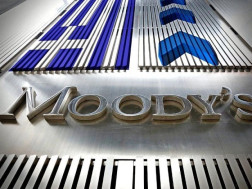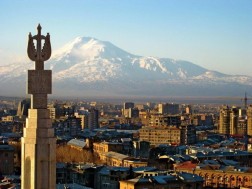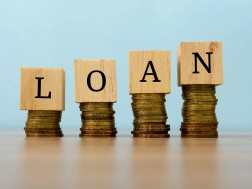Economist Aghasi Tavadyan, founder of the analytical portal tvyal.com, has expressed serious concern regarding Armenia's long-term economic growth prospects. In his view, the recent revision of Armenia's GDP growth and sectoral analysis paints a troubling picture of the country's economic future.
Tavadyan emphasizes that Armenia's current economic growth is largely driven by external factors that may prove unsustainable in the long run. Among these, he highlights:
- A significant influx of capital from Russia in 2022.
- Large-scale re-export of Russian gold, which began in November 2023.
- Growth in the trade, real estate, and financial services sectors, which are dependent on external factors.
The economist warns that while these factors provide short-term stimulus, they do not form a solid foundation for sustainable long-term economic growth.
Tavadyan points to negative trends such as the decline in the IT sector, the unstable nature of real estate investments, and potential fiscal issues. He also expresses concern over the risk of rising public debt and possible fiscal instability in the coming years.
He highlights a significant problem in Armenia's financial sector—a substantial shortfall in tax revenues, reaching 9%. This deficit has sparked discussions about the potential need to cut budget expenditures.
According to Tavadyan, there are plans to use around 150 billion drams from the reserve fund to cover expenses in light of the revenue shortfall. Such a situation increases the likelihood of growing public debt.
The economist identifies several factors contributing to the risk of increasing public debt:
- If economic growth does not reach the 7% projected by the budget law and instead aligns with the long-term average of 4.5%, the government may need to use about half of the reserve fund to cover the shortfall.
- If economic growth falls to 2.5% or lower, an increase in public debt may be required.
Tavadyan stresses that the current positive long-term GDP growth forecasts lack a solid foundation for sustainable, long-term value-added growth. This, he argues, raises concerns about the stability of Armenia's economic development in the long term.
In his opinion, without significant structural changes and the creation of a strong foundation for sustainable value-added growth, Armenia may find itself "chasing economic illusions instead of achieving sustainable prosperity."
The economist underscores that the coming months and years will be critically important in determining the country's economic course. "Armenia faces a choice between transitioning to more sustainable economic strategies and continuing to rely on unstable and temporary growth factors," he concludes.
Earlier, BMG reported that the Statistical Committee of Armenia announced a revision of the country's gross domestic product (GDP) figures for 2023 and the first quarter of 2024. The adjustment is related to the reclassification of economic activities and the clarification of data for the last months of 2023 and the beginning of 2024.
According to the updated data, Armenia's GDP for 2023 amounted to 9.45 trillion drams (about $24.3 billion), which is 52 billion drams ($133 million) less than the initial estimate. The GDP volume index decreased by 0.4 percentage points to 108.3%.
The figures for the first quarter of 2024 were also revised. GDP for this period decreased by 48.3 billion drams (over $124 million) to 1.922 trillion drams (over $4.9 billion). The volume index decreased by 2.6 percentage points to 106.6%.
Armenia's economic growth in the 2024 state budget is projected at 7%, with inflation expected at 4% (±1.5%).























